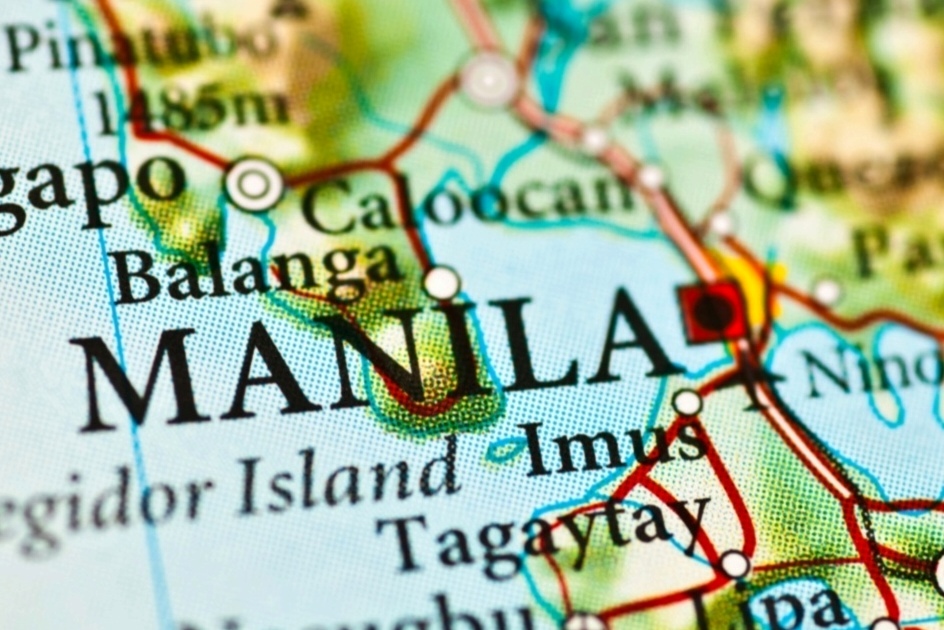Why Manila is still the ‘Pearl of the Orient’
This week marks 124 years since Manila quietly altered the course of its future. In late July 1901, it became the first chartered city in the Philippines under Philippine Commission Act No. 183. A week later, on August 7, the charter took effect—replacing the Spanish-era cabildo with an American-style municipal board and setting the capital on a path of constant reinvention.
Manila has been called the “Pearl of the Orient” since the mid-18th century—a title that once graced travel guides and postcards with the sheen of empire. In 1908, “Manila: The Pearl of the Orient” mapped a city of converging geographies: the Pasig River as its axis, with Intramuros and the promenades of Ermita and Malate to the south, and to the north the Escolta’s bustling shops where Parisian hats and Shanghai silk changed hands beside Puente de España, then the city’s commercial epicenter.
Prewar Manila was a cosmopolitan outpost fluent in tango, flamenco, and jive, where vaudeville played alongside basketball championships and gala nights at Santa Ana Cabaret. Art Deco cinemas, neo-classical government halls, and the world’s oldest Chinatown spoke in architecture what history had already told: Manila was a trading capital shaped by Asia, Europe, and America alike.
But the war would strip all this bare. From February 3 to March 3, 1945, the battle for Manila left more than 100,000 civilians dead and the city in cinders. American historian William Manchester would later record the devastation: 70% of utilities, 75% of factories, 80% of southern residences, and the entire business district obliterated. Filipino cultural writer Bambi Harper captured the loss with bitter precision: “The combatants took our history when they leveled Intramuros; they took our future when they slaughtered our youth.”
Manila emerged as the second most devastated Allied city of the war, next to Warsaw, and in the postwar years, recovery came slowly. The U.S. pledged $1.24 billion in war damage payments—far short of the Philippine government’s $8 billion estimate—and tied them to U.S.-controlled free trade. By the 1950s, as Nick Joaquin, the country’s National Artist for Literature, observed, the “abnormality” of life had settled in: the jeepney as necessity, the barong-barong as shelter, and squatter settlements as a new urban reality.
Yet Manila never learned how to surrender. The habit of survival became its greatest competitive edge. In 1975, amid rapid metro-scale urban challenges, then-President Ferdinand Marcos Sr. issued Presidential Decree No. 824 to formally create Metro Manila—merging Manila, Quezon City, Caloocan, Pasay, and towns from Rizal and Bulacan into a unified capital region—and installed his wife, First Lady Imelda Romualdez-Marcos, as the first governor. The following year, the City of Manila was reaffirmed as the national capital under Presidential Decree No. 940; by 1978, Metro Manila had become the National Capital Region (NCR) of the Philippines. This administrative transformation created a multilateral governance body to manage growth, transit, sanitation, flood control, and regional planning.
That civic reinvention set the stage for today’s Manila—a layered metropolis where skyscrapers in Makati and glass towers in Bonifacio Global City rise minutes from centuries-old churches in Binondo. The region powered a 5.6% GDP growth in 2024—the second-fastest in ASEAN—and targets 6% to 7% by 2028. Business process outsourcing (BPO) revenues hit $38 billion in 2024, and foreign direct investment is expected to reach $7.5 billion in 2025. Manila’s geography—within four hours of most Asian capitals—and its cultural fluency continue to magnetize global capital.
What rarely makes it into boardroom presentations is the city’s cultural metabolism: its ability to absorb rupture, metabolize it, and move forward without discarding the memory of what was lost. This same resilience has transformed Escolta’s Art Deco façades into co-working studios and repurposed old tobacco warehouses into art spaces. Growth here is increasingly paired with accountability—green building certifications, renewable energy adoption, and the ongoing Manila Bay rehabilitation suggest an urban future less willing to mortgage itself for short-term gain. A competitive cost of living and a highly skilled, English-speaking workforce keep it attractive for regional headquarters.
Nick Joaquin once captured Manila’s entire history in a single, steadfast phrase: “challenge and response.” That spirit—more than GDP figures or skyline silhouettes—is what keeps the city worthy of its name, the Pearl of the Orient. The title has endured not because it was given, but because the city keeps re-earning it—whether as a Spanish galleon port, an American colonial showcase, a war ruin, or now, a Southeast Asian business hub threading heritage through fiber-optic cables. Here, the future doesn’t just arrive—it shakes hands with the past, and together they build something stronger.



0 Comment